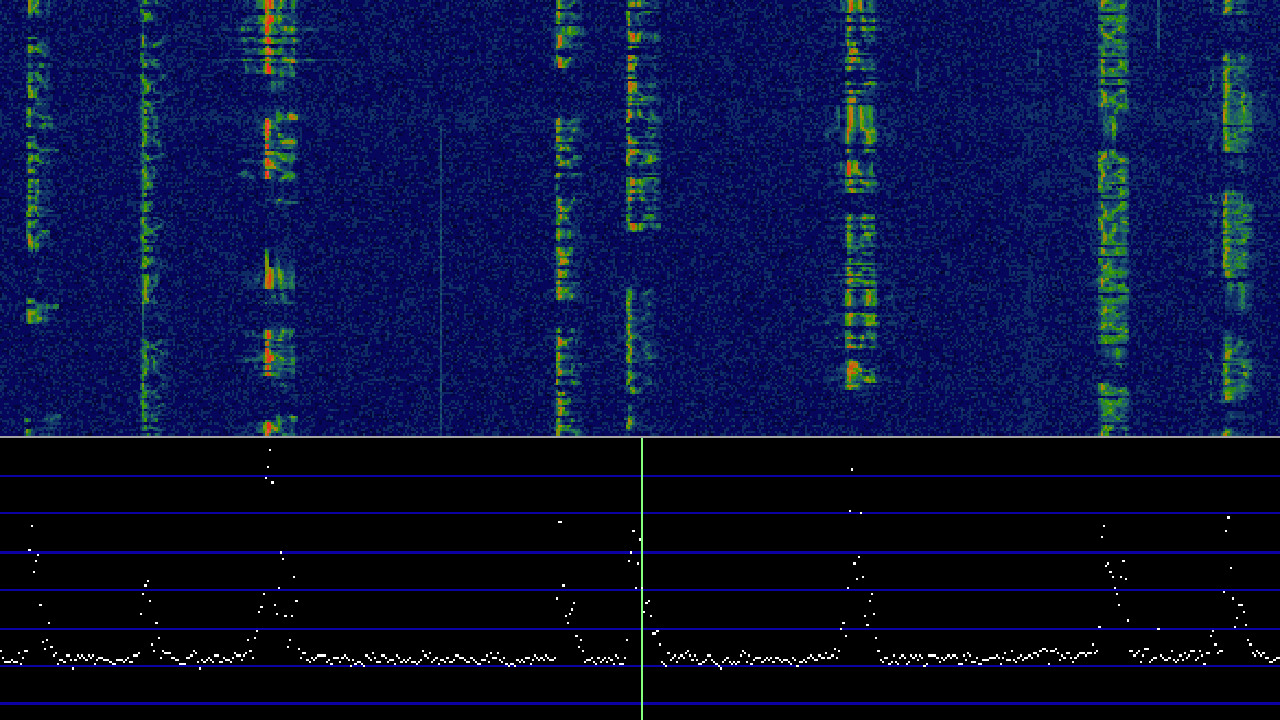LimeSDR user and community member Daniel Estévez, who recently contributed a field report on his LimeSDR Mini Es’hail-2/QO-100 satellite communications ground station, has detailed his software workflow in a recent blog post.
“This post is a description of the software I am using for the narrowband transponder. The main idea for my narrowband transponder solution is that the BeagleBone Black will just run some software which controls the LimeSDR Mini and streams IQ samples using Ethernet to and from another computer where all the heavy duty work is done,” Estévez explains. “In my case, this computer is my laptop, so I can operate from anywhere in the house, connected through Ethernet or even Wi-Fi.
“For receiving the downlink, I want to use Linrad because I am a huge fan of that SDR software. Since Linrad’s transmit capabilities are not so developed, I am using GNU Radio for the uplink. Most of the time, I will use a GNU Radio flowgraph that gets audio either from my microphone or another application (such as fldigi or WSJT-X) using PulseAudio, filters it to an SSB bandwidth and modulates it on the correct frequency of the transponder. Thus, the GNU Radio flowgraph is essentially an SSB transmitter covering the complete transponder. Using GNU Radio opens up the possibility for other experiments, such as running a digital transmitter implemented completely within GNU Radio.
“The main piece of software that runs in the BeagleBone Black is called limesdr_linrad, and is loosely based on the limesdr_toolbox software. It uses the LimeSuite API to drive the LimeSDR Mini in full duplex, streams RX samples using the Linrad network protocol and gets TX samples from a FIFO. The FIFO is then connected to GNU Radio using socat and a TCP stream.”
To help others get started with the Es’hail-2/QO-100 satellite using LimeSDR hardware, Estévez has opened a GitHub repository containing his software. More details, meanwhile, can be found on his personal blog.
